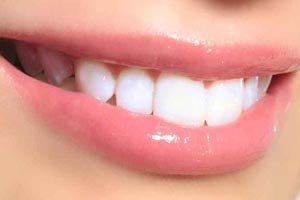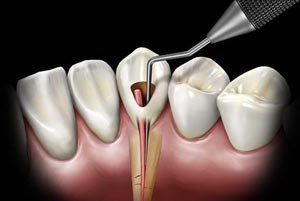White fillings and silver fillings
In some instances, silver fillings (amalgams) they are even better. Silver fillings just fill the hole in the tooth. If a hole (cavity) is large or near an edge of the tooth, the walls that are left can be thin and weak. With repeated use, thin and weak parts of teeth will crack and break.
White filings do more than just fill the hole. They actually bond to the tooth structure. In this way, they make the tooth stronger. These bonded fillings can prevent teeth from cracking, and if they already have cracks starting, can prevent them from getting worse.
White fillings Facts
White fillings, or dental composite, refers to tooth-colored resins your dentist can use to fill tooth cavities. This composite resin uses a blend of plastics and fillers such as silica and dimethylglyoxime to quite literally ‘bond’ with the tooth’s surface.
Silver Filling Facts
Today, many people wonder about the safety of silver fillings. Over the past century, dentists have used silver fillings (which is really a blend of metals besides silver) for dental restorations.
Essentially, silver fillings are a mercury alloy that provides a strong, durable filling for tooth restoration.
Although some patients distrust the mercury element of silver fillings, the World Health Association considers silver fillings safe for dental patients. Mercury is essential for silver fillings’ strength and adhesion. Additionally, mercury occurs naturally in the environment, which makes it likely that people already carry low levels of mercury in their blood-even if they don’t have silver fillings.













